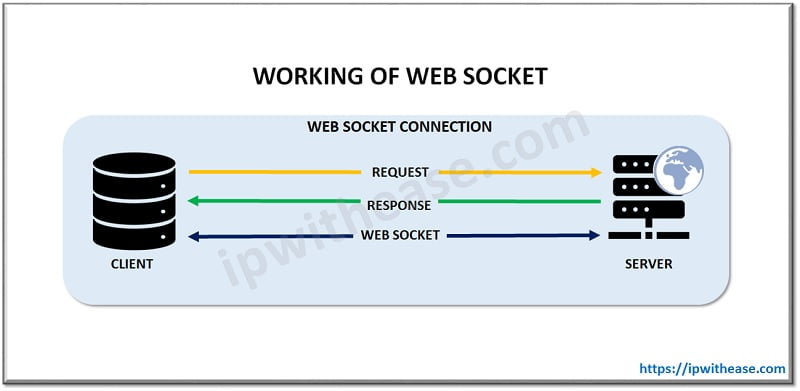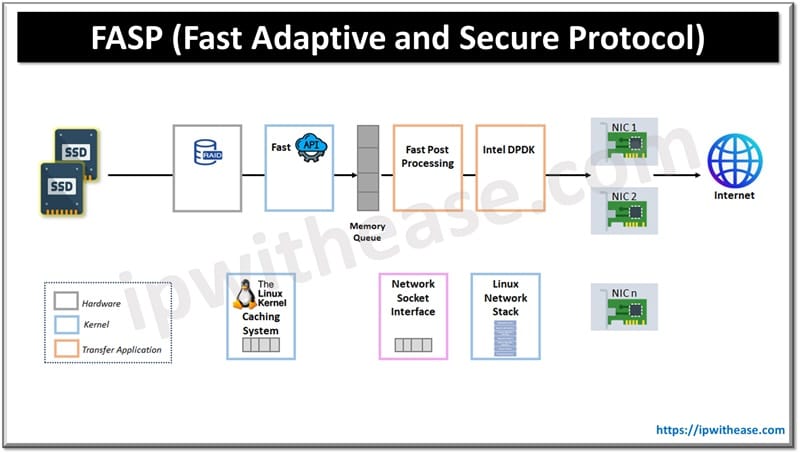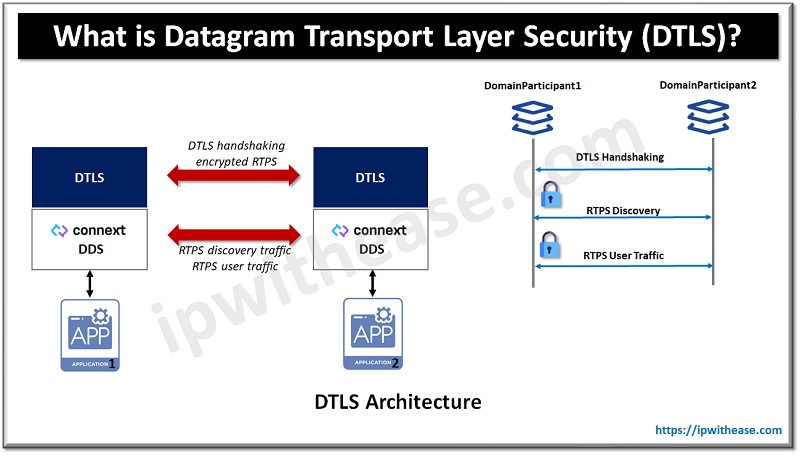There are two significant API types when it comes to web communication. Whether to use HTTPS or Web Socket is a crucial decision while deploying projects / applications. The choice would depend on which technology best fits actual client requirements and situations.
There are scenarios which are best suited for HTTP usage and some which are more suitable for Web Socket.
In this article we will learn more about Web Socket and HTTPS, which is best suited, difference between the two and limitations and usage of each.
What is Web Socket?
Web Socket is a standard protocol for two-way data transfer between client and server. The Web Socket protocol is built over TCP. Web sockets are mainly used to push messages to a client in real time updates. Web Socket is designed to work over HTTP ports 443 and 80 to support HTTP proxies and interfaces. Web socket protocol enables interaction between web browser and web server with lower overhead than HTTP polling and facilitates real time data transfer to / from the server. Most browsers support the protocol such as Google chrome, Firefox, Microsoft Edge, Internet Explorer, Safari and Opera. Web socket enables streams of messages over TCP.
History of Web Socket
Web Socket protocol was first referred to as TCP connection in the HTML5 specification, in June 2008 several discussions led by Michael Carter established the first version of Web socket protocol. In December 2009 Google Chrome was the first browser launched with web socket enabled by default.
How Does Web Socket Work?

It is a stateful protocol which means connection between client and server will keep alive until it terminates by either side party (Client or server). When a connection is initiated between client and server, the client-server makes the handshake and decides to create a new connection and connection is kept alive till terminated by either of them. When connection is established and alive the communication happens over the same connection channel till it gets terminated.
The new connection is known as Web Socket once the communication link is established and the connection is opened, message exchange takes place in bidirectional mode until connection is alive. If anyone decides to close the connection the connection is closed by both the parties.
Web Socket Pros and Cons
PROS
- Faster and uses less resources
- Streaming of requests and responses
- Higher amount of efficiency
- Eliminate latency problems
- Supports duplex connection
- Cross platform compatibility
- Replaces long polling
CONS
- Web browser must be fully HTML5 compliant
- Intermediary / Edge caching not possible
- Not suitable if lot of dynamic interaction not required (bit complex)
Applications of Web Socket
- Ideal for real time web applications such as trading site or bitcoin trading , gaming applications and chat applications
What is HTTP?
HTTP is a communication protocol of the World Wide Web. Http works as a request-response protocol in the client-server computing model. It is the most common version of HTTP used in modern web browsers and servers. HTTP/1.1 version could implement crucial performance optimization and features such as persistent and pipelined connections, chunked transfers, new header fields in request / response body etc.
Two important headers in HTTP are:
- Keep-Alive – header to establish policies for long lived communications between hosts (Per connection timeout period and maximum request count)
- Upgrade – header to switch enhanced protocol connection mode such as HTTP 2.0 or web sockets
HTTP is a uni-directional protocol where the client sends the request and the server sends the response. Each request is associated with a corresponding response , after the response is sent and connection gets closed each HTTP or HTTPS request establishes a new connection to the server every time and post getting response connection gets terminated itself.
HTTP is a stateless protocol that runs on TCP which is a connection-oriented protocol and delivery of data packet transfer is guaranteed using the three-way handshake methods and re-transmission of lost packets.
How HTTP works?

HTTP message information is encoded in ASCII and each HTTP request message comprising HTTP protocol version (HTTP/1.1, HTTP/2), HTTP methods (GET/POST etc.) , HTTP headers (content type, content length) , host details etc. and the body which contain the actual message sent to server. HTTP headers size varies from 200 bytes to 2 KB in size.
HTTP Pros and Cons
PROS
- Advanced addressing scheme by assigning IP Addresses with recognizable names for ease of identification on World Wide web
- Capability to download extensions or plugins and display relevant data
- Chance of interception during transmission is minimized as each file download happens from independent connection and gets closed
- Less latency due to no handshaking following the request except during initial stage when connection is established
- All HTTP page gets stored inside the Internet cache for quick content loading
CONS
- Data integrity is an issue as hacker manage to intercept the request, they can view all the content present on web page
- Client don’t take any measures to close connection once all data is received hence during this time-period server may not be present
- HTTP needs multiple connections causing administrative overhead
- Not suitable for IoT devices as it uses number of system resources which leads to more consumption of power
Applications of HTTP
- Fetching /transferring old data
Comparison Table: Web Socket vs HTTP
Below table summarizes the difference between the two:
FUNCTION | WEB SOCKET | HTTP |
| Definition | Web Socket is a standard protocol for two-way data transfer between client and server. The Web Socket protocol is built over TCP. Web sockets are mainly used to push messages to a client in real time updates. | HTTP is a communication protocol of the world wide web. Http works as a request-response protocol in the client-server computing model. It is the most common version of HTTP used in modern web browsers and servers. |
| Technology | Full duplex | Half duplex |
| Messaging | Bi-directional and Stateful protocol | Unidirectional and Stateless protocol |
| Features | −Moderate overhead to maintain and establish connection −Minimum overhead per message −Web socket keeps the connection open until state has died −Frequent requests are very well handled by Web socket −Web Socket uses WS protocol −Faster than HTTP | −Moderate overhead to maintain and establish connection −HTTP creates a short connection at the client and closes it once response is received from server −Frequent requests deteriorate performance of HTTP −Http uses HTTP or https protocol for sending a request −Slower than Web Socket |
| Uses/Applications | All real time applications like trading, monitoring, notification services use Web Socket | Simple RESTful applications use HTTP |
Download the comparison table: Web Socket vs HTTP
Continue Reading:
Stateful vs Stateless Firewall
ABOUT THE AUTHOR

You can learn more about her on her linkedin profile – Rashmi Bhardwaj



